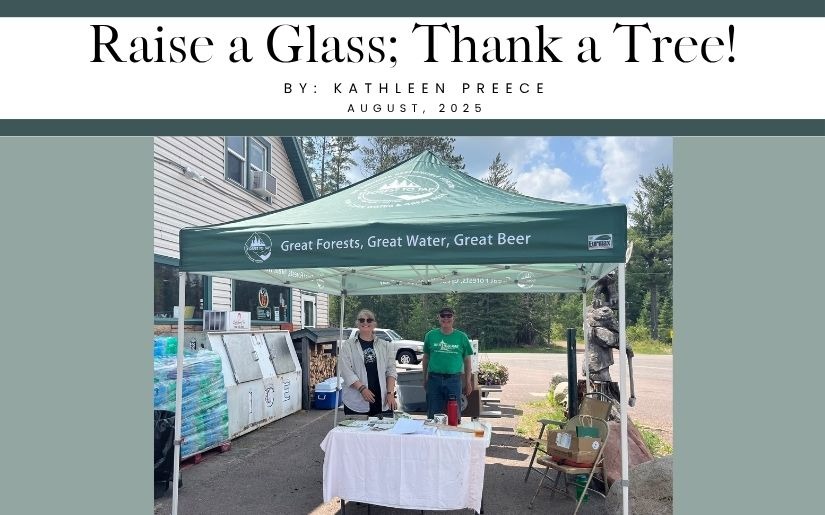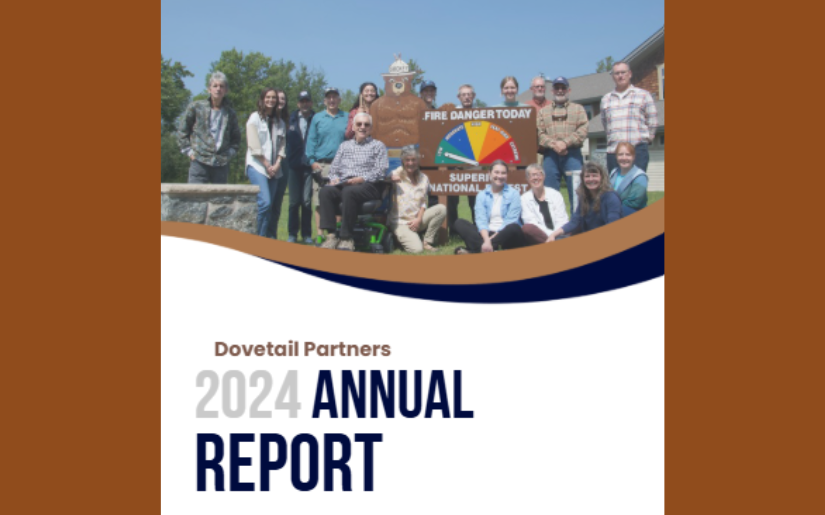Collaborating on Carbon: To understand downstream impacts and the future of US forest carbon markets
Key Findings:
- Skepticism about carbon markets, amongst landowners and forest managers due to misunderstanding of carbon markets
- Concern that forest carbon markets do no leave space for forest management requirements of the current standards and protocols reduce the ability to make decisions based upon a variety of objectives
- Communication gaps between landowners and project developers, as well as between land managers and carbon buyers
Project Recommendations:
- Develop a evaluation system for carbon projects based upon established forest priorities
- Increase interaction between carbon market participants and forest sector representatives
- Integrate social/cultural, economic, and ecological considerations into carbon projects through an impact analysis process
- Develop a mitigation banking model in forest carbon markets
- Continue to encourage innovation
- Hold focus groups with relevant stakeholders to gauge additional perspectives
Additional Considerations
- Insetting: In 2022, the World Economic Forum characterized carbon insetting as "doing more good rather than doing less bad within a value chain". Unlike offsetting, companies make investments to improve their suppliers' carbon footprint. Insetting brings decarbonization spending into the company's supply chain relationships. Actions include reforestation, agroforesty, renewable energy, and regenerative agriculture. For the forest and wood products sectors, insetting offers a collaborative strategy for climate mitigation, strengthened customer relationships, and investment opportunities that reduce emissions.
- Wood Vaults: The wood vault methodology buries biomass without markets to prevent decomposition or burning, offering better carbon emissions outcomes. With proper design, buried material can be preserved for future use. However, its role as a climate mitigation strategy raises ethical concerns, as the material could support urgent renewable energy transitions. This approach presents both challenges and opportunities for the forest and wood products sector.
Thanks to the U.S. Endowment for Forestry and Communities for financial support to make this project possible.
- Lead AuthorDave Bubser, Cambium Consulting, and Kathryn Fernholz, Eliza Meyer, and Maria Golden, Dovetail Partners
- DateJanuary 2025
- CategoryCarbon, Environmental, Forest products, Forestry, Forests, Infographic, Leadership , Management
- Project FileDownload
.png)
.png)
.png)



